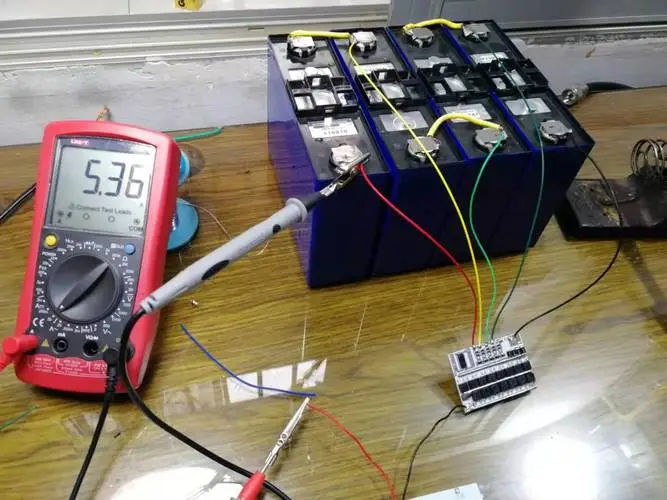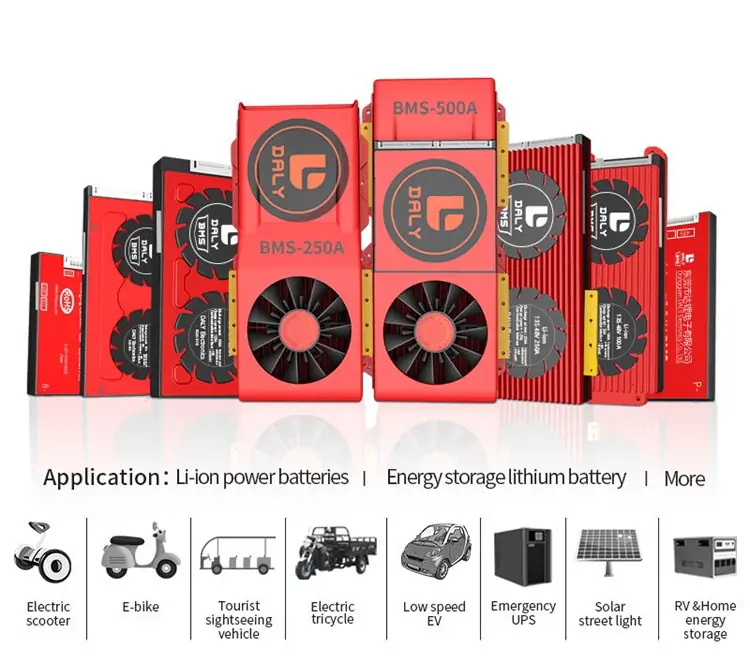
In our quest to provide you with the most comprehensive and accurate information about lifepo4 battery matching, we will cover all the critical aspects that are essential for creating DIY battery packs that are safe, efficient, and long-lasting. Whether you are a hobbyist or a professional, this guide will ensure that you have the knowledge and tools needed to get the best performance from your LiFePO4 battery packs.
LiFePO4 (Lithium Iron Phosphate) batteries are a popular choice for DIY battery packs due to their high energy density, long cycle life, and inherent safety features. Before delving into the matching requirements, let's briefly understand the key characteristics of LiFePO4 batteries:
High Energy Density: LiFePO4 batteries offer an impressive energy-to-weight ratio, making them suitable for various applications, from electric vehicles to solar energy storage.
Long Cycle Life: These batteries are known for their extended cycle life, often exceeding 2000 charge-discharge cycles without significant capacity degradation.
Safety: LiFePO4 batteries are inherently stable and resistant to thermal runaway, making them less prone to overheating or combustion compared to other lithium-ion chemistries.
Creating a DIY LiFePO4 battery pack involves combining multiple individual cells. To ensure optimal performance and safety, it's essential to match these cells effectively. Here are the key requirements:
1. Voltage and Capacity Matching
When assembling LiFePO4 battery packs, you must ensure that all the cells have the same voltage and capacity. Mismatched cells can lead to uneven charging and discharging, reducing the overall efficiency and lifespan of the battery pack.
2. Internal Resistance Matching
Matching the internal resistance of the LiFePO4 cells is crucial for maintaining consistent performance. Cells with significantly different internal resistances can result in imbalance and reduced capacity utilization.
3. State of Charge (SoC) Matching
All cells in a LiFePO4 battery pack should have a similar state of charge. Mixing cells with different SoC levels can lead to imbalances during charging and discharging, affecting overall pack performance.
4. Age and Usage Matching
Matching cells by age and usage history is vital. New cells should ideally be combined with other new cells, and older cells with older cells. Mismatched aging can lead to capacity discrepancies.
5. Temperature Matching
Operating LiFePO4 cells at different temperatures can lead to variations in performance. Ensure that cells in your DIY pack are maintained at a consistent temperature during use.

In addition to matching LiFePO4 cells, implementing a robust Battery Management System (BMS) is highly recommended. A BMS helps in monitoring, balancing, and protecting the battery pack during charge and discharge cycles, further enhancing safety and performance.
Next:1000pcs lithium battery connectors ship to Canada
Previous:CATL cooperates with China Lonking - first for the construction machinery industry
Contact Person: Miss. Elsa Liu
| WhatsApp : | +8617763274209 |
|---|---|
| Skype : | +8617763274209 |
| WeChat : | 17763274209 |
| Email : | Elsa@lifepo4-battery.com |